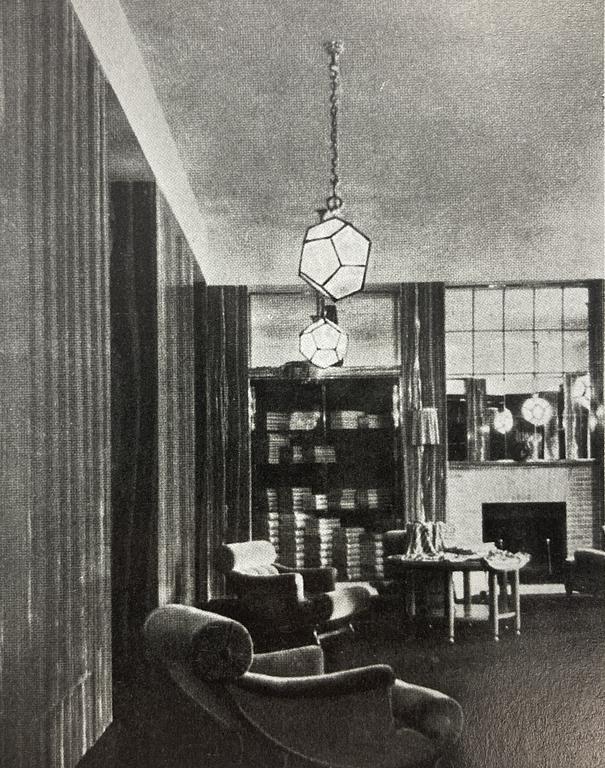A "Knieschwimmer" chair, Austria, early 1900s.
Upholstered armchair with buttons, covered in a rose-red velvet fabric, legs of stained oak. Length ca 107 cm, width 74 cm, seat height ca 38 cm.
This model is usually attributed to Adolf Loos since he used the chair in several of the interiors he was responsible for.
Reupholstered, previously on wheels.
Provenance
Bukowskis 0533
Katnr: 823
Literature
Heinrich Kulka, "Adolf Loos: das Werk des Architekten", Löcker, Wien, 1979.
More information
The model was designed around 1906 and is said to be inspired by an English club chair. Loos was early on inspired by the comfortable seating furniture of the Anglo-Saxon world and addressed this in an article as early as 1898, "Das Sitzmöbel."
Adolf Loos (1870-1933) was an Austrian-Czechoslovak architect and cultural critic, primarily active in Vienna. Adolf Loos's influence on 20th-century architecture can hardly be overstated. His works and theories have influenced such diverse figures as Ludwig Wittgenstein, Le Corbusier, and Josef Frank. Loos's façades exhibit an almost extreme simplicity, while the interiors were comfortably furnished with beautiful exclusive materials and elegant details.
The "Knieschwimmer" was used by Loos, among other places, in "Villa Müller" (Prague, 1930) and in the shop interiors for Knizé in Vienna, Paris, and Berlin.













































































